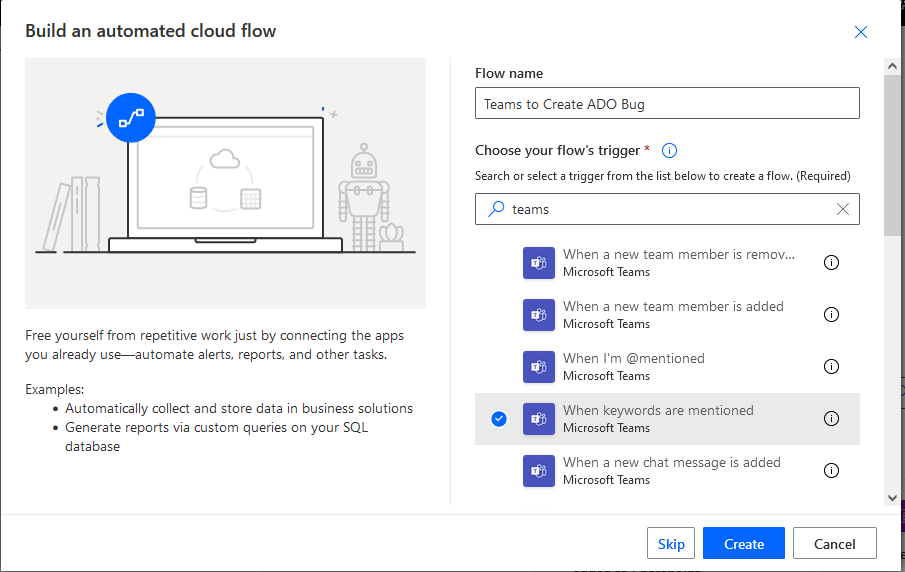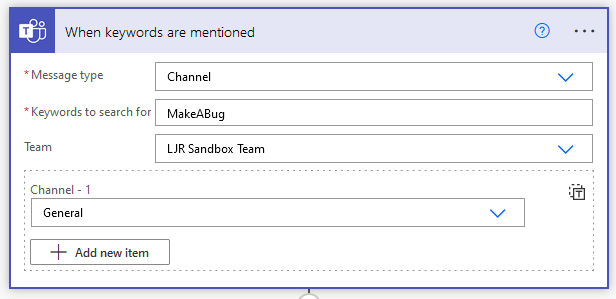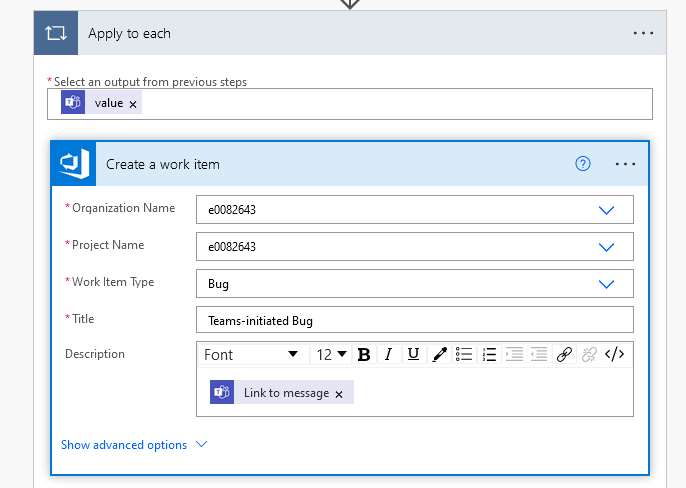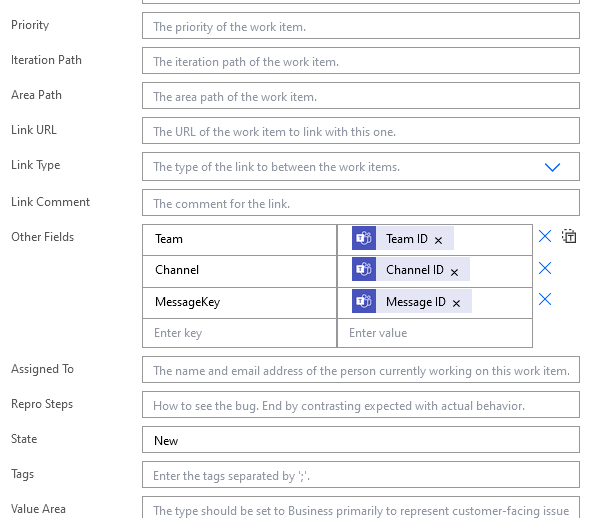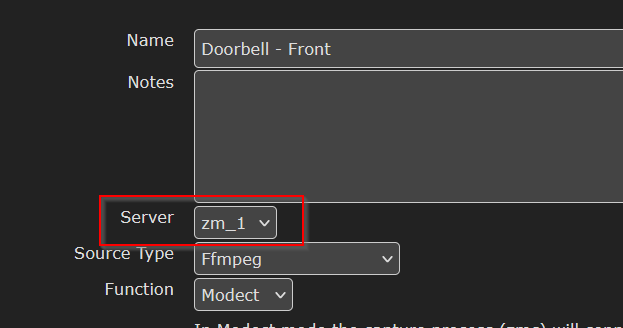The two primary approaches to high availability with Redis are Redis Sentinel and Redis Cluster. There are also third-party solutions, but the provided budget is zero dollars. That … limiting.
Sentinel is the official high availability solution provided by Redis. It monitors Redis instances, detecting failures, and automatically handling failover to a replica. It also provides monitoring/alerting to advise administrators when a problem has been detected.
Sentinel does not provide much in the way of scalability (it adds additional ‘read only’ copies, but there is a single master) but this architecture better ensures consistency (i.e. the same data is present on all nodes). It does, however, promote a read replica to master in the event the master fails, so high availability is achieved.
More than half of the Sentinels need to consider a master down to invoke failover (quorum) – so we would want at least three nodes. We experienced issues with two-node Microsoft quorum-based clustering when the two nodes were unable to communicate. Each node considered its partner to be ‘down’ and decided to be the server in charge. And having two servers in charge corrupts data. With three nodes, should they all become separated … they cannot reach a quorum of two servers agreeing on states.
Cluster automatically distributes data across multiple Redis nodes (called shards). Doing so allows more data to be processed in parallel. Redis Cluster also supports replication and automatic failover.
Since clustering provides both high availability and scaling, if the write load is a consideration, this may be a preferred option; but distributed data means inconsistent data values may be encountered. If data consistency is paramount, clustering may be undesirable. Additionally, not all Redis clients support communicating with a clustered environment. We would need to have our vendor confirm that the application could use a clustered solution.
The minimum recommended environment for production is larger – six servers. This constitutes three master nodes and three replica nodes.
